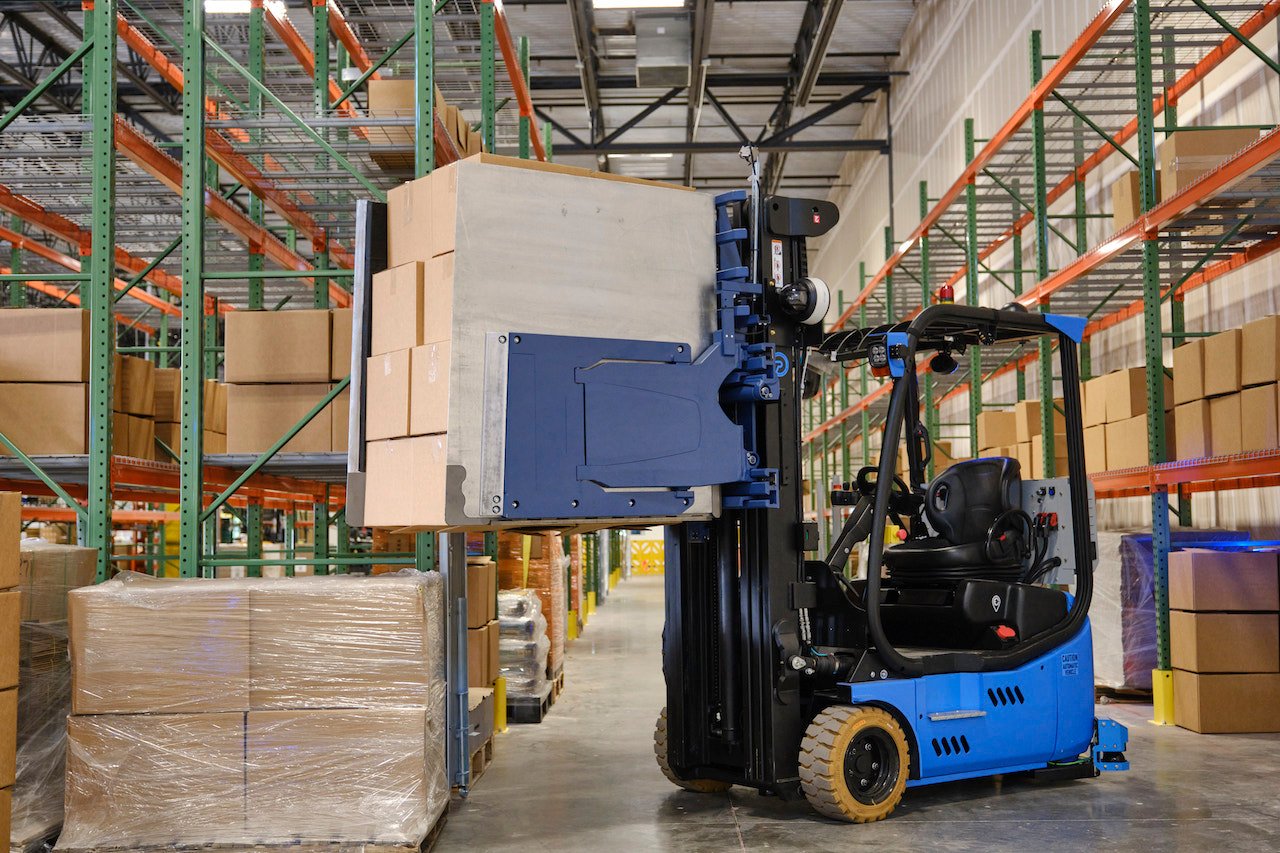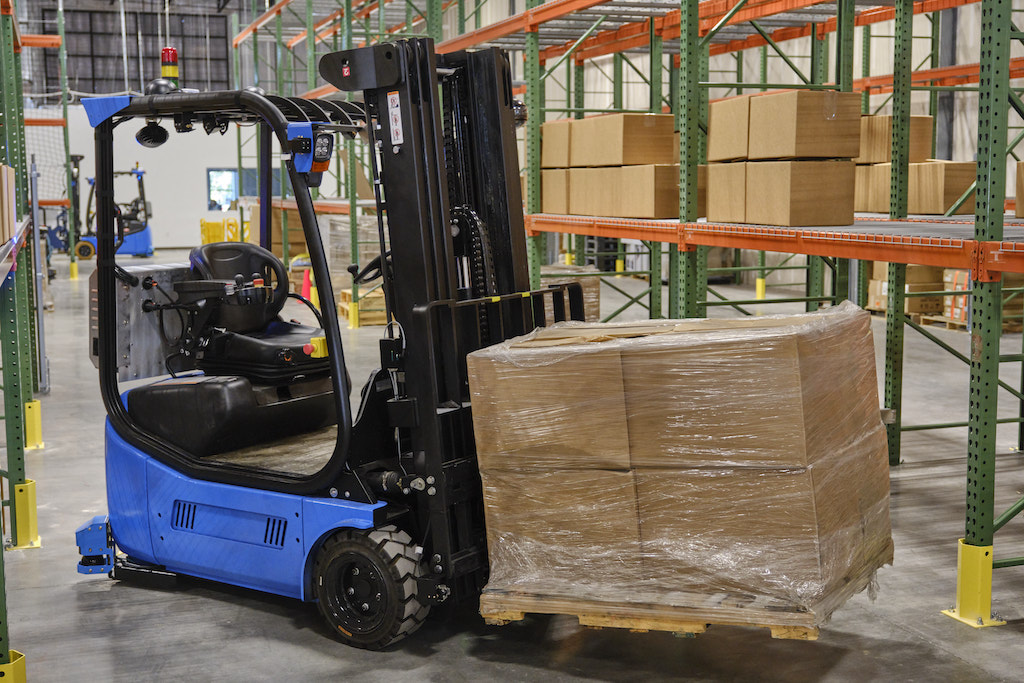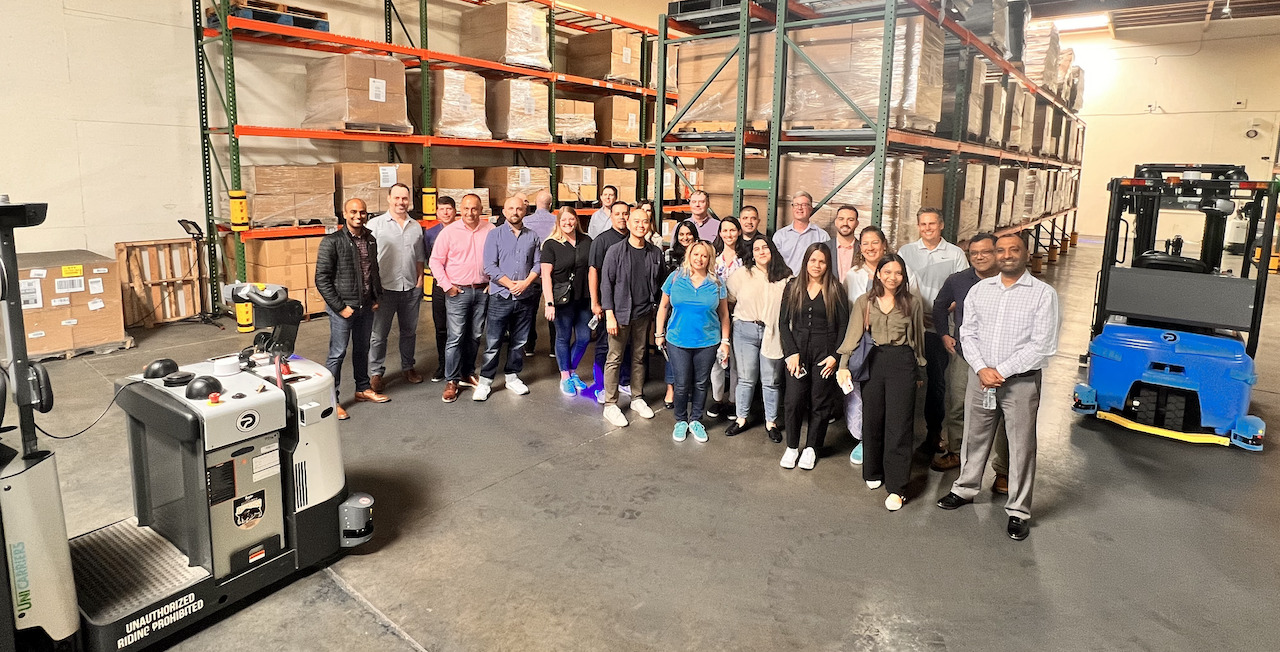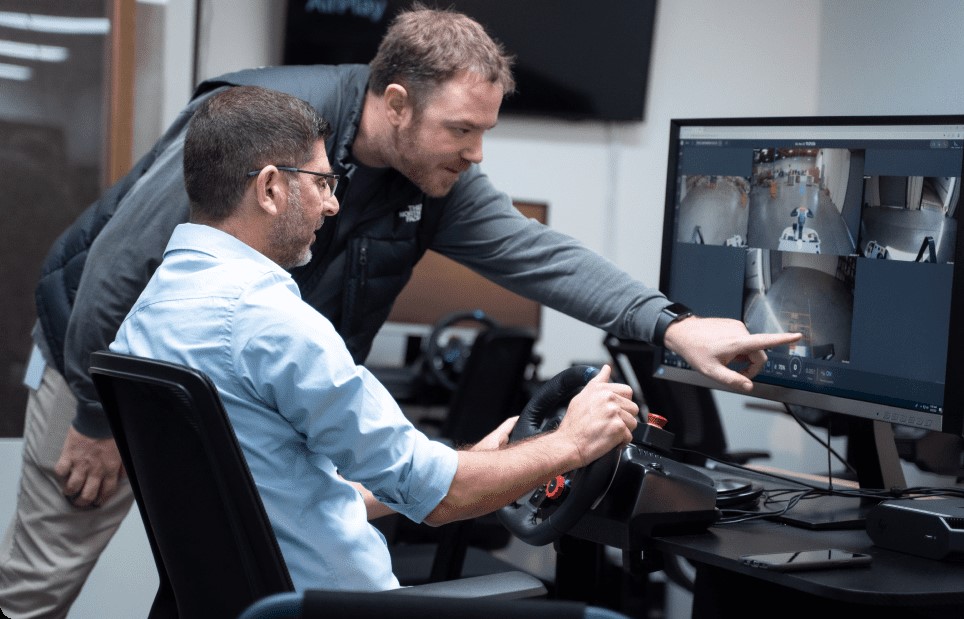
The logistics industry is in the eye of a perfect staffing storm: People are shopping online in record numbers at the same time that businesses of all types are struggling to find and retain workers to make, sell, and deliver what customers are buying.
E-commerce sales were 32% higher in 2020 compared to the previous year, according to the U.S. Census Bureau. The online sales boom, accelerated by COVID-19 shutdowns, created unprecedented demand for transportation and warehouse workers. This was at the same time that fulfillment centers had to implement social distancing protocols that often reduced the number of employees working in the space.
In addition, the trucking industry continues to struggle to recruit drivers as its over-the-road workforce ages and warehouse workers express concern about their health and safety during the pandemic and beyond.
Warehouse Safety Risks
COVID-19 isn't the only safety risk to warehouse staff, of course. OSHA reports that forklift accidents cause more than 30,000 accidents annually, killing 85 people every year and resulting in 61,800 injuries.
Then there's the risk imposed by a fast-paced working environment where COVID protocols and the labor shortage is forcing companies to do more with less. A recent policy and data brief produced by the National Employment Law Project stated that “repetitive work tasks require a level of physical exertion and strain that takes a high toll on workers' physical health over time, which is why [companies] need to constantly replenish its workforce with fresh bodies."

Safety Risks Can Cause Attrition
As the National Employment Law Project brief suggests, overlooking the importance of employee safety, comfort, and satisfaction can increase turnover. What's more, even in a good labor market, replacing those who quit because of safety or other concerns comes with a cost. One 2019 estimate calculates that the cost of recruiting, insuring, and training a U.S. warehouse worker is nearly equal to that of their then average salary of $28,000, bringing the total expense to $55,000.
It makes sense, then, to target improvements in retention by creating a workplace where employees feel safe and valued. A 2016 research paper published in Science Direct, in which the researchers stated, "...the impact of safety climate is not limited to traditional safety outcomes but can affect other organizational outcomes that have important implications for business strategy and policy."
New Technology Can Improve Safety

Logistics operators are approaching this problem in a number of ways, including incorporating technologies that support and extend, rather than replace, workers. Using automation and artificial intelligence for simple, repetitive tasks frees employees up for more rewarding and better-paid work while improving safety. Office Depot, for example, recently reduced ergonomic injuries 100 percent by implementing collaborative autonomous robots in its warehouse.
Teleoperation – controlling robots, vehicles, or machines remotely – is another option attracting attention as companies begin to see impressive results. Teleoperation — also referred to as remote operation — of heavy equipment such as forklifts, trucks, and robots can enhance worker safety, increase productivity, and reduce costs associated with downtime and labor shortages. Intuitively, removing a vehicle operator from a dangerous environment, and enabling them to instantly switch vehicles, increases efficiency while substantially reducing the risk of injury to the vehicle operator.
Teleoperation solutions are growing quickly within the logistics industry. For example, in 2022, Uber Eats takeout orders will be delivered by semi-autonomous robots powered by Serve Robotics that can efficiently navigate pedestrians and other sidewalk obstacles, thanks to remote operation. In addition to delivery robots, major logistics companies such as GEODIS, ITS ConGlobal, Kenco Logistics, and Mitsubishi Logisnext Americas are rolling out teleoperation solutions to enable remote operation of their vehicle fleets, starting with forklifts.
Teleoperation Can Help Prevent Injuries
Teleoperation isn't limited to delivery robots, though. More and more companies are using it to remotely operate forklifts and other heavy equipment, enabled by Phantom Auto's cutting-edge remote technology solution. Using technology that includes 360-degree vision, two-way communications, and remote safety sensors, teleoperation can dramatically improve safety for both the operator and others in the facility by enabling drivers to sit in an office instead of behind the wheel.

With an increase in safety also comes a decrease in costs relating to worker's compensation claims. According to one industry veteran, on average, companies can pay around 14% of a worker's salary in workers comp claims in the event of injury (and that's if they have an incident-free history). Some operations have reported this rate to be upwards of 20%, and those rates only increase in the event of repeated incidents.
Remote operation of unmanned vehicles also makes it possible for injured workers to continue to contribute as paid modified work leave. “A lot of people hurt their hands, a lot of people hurt their ankles, and they can't really do much . . . . If you're injured, you can come over here and start working on this," says a dock supervisor from Cool Port Lineage who was recently trained as a remote forklift driver.
Whether enforcing COVID protocols or implementing new technology, retaining your best workers requires giving them a safe place to do their best work. Learn more about how Phantom Auto can help improve worker safety and comfort by scheduling a demonstration today.
About Phantom Auto
Phantom Auto specializes in remote operation of all logistics vehicles. Phantom’s human-centric interoperable solutions enable people to remotely supervise, assist, and drive vehicle fleets from up to thousands of miles away – including forklifts, robots, trucks, and more. By decoupling labor from location, the company increases labor access and retention, safety, productivity, and resilience across the supply chain. With Phantom, supply chain operators can tap into drivers from anywhere — connecting people who want to work with jobs that need to be filled. The company’s proprietary software delivers secure, low-latency communication over volatile wireless networks for reliable sensor streaming and safe vehicle control. For more information about Phantom, visit www.phantomauto.com.







